


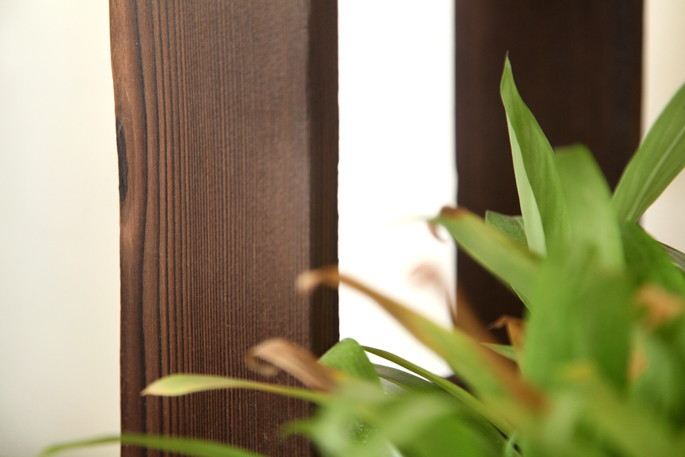
You can go with any symbol or shape when creating this DIY plywood bench. I went with Batman’s symbol from the Dark Knight.
The legs were burned. It’s what the Japanese call Shou Sugi Ban – where you burn the top layer of the wood which forms a protective layer. I did it, mostly to try it out and to get the dark brown/black stained look. It also raises the grain, so you can feel all of the grooves in the wood.

TOOLS
- Jigsaw
Used to cut the shape out of the plywood
- Drill
This will be used to drill holes so that the jigsaw’s blade can fit into the plywood
MATERIALS AND SUPPLIES
- Plywood
I used 3/4 inch
- Polyurethane
This is what I used to give the plywood a little gloss and to protect it
- Wood Glue
For the legs, you can save yourself a lot of time by using hairpin legs that can be screwed into the base of the bench.
- Pine Boards
For the legs I went with 4 pieces of 19 inch by 3.5 inch pine boards. These were 3.5 inches thick. Cedar is what is normally used for Shou Sugi Ban – but I had pine, and it still worked.
- Torch
My hardware store had Butane canisters and a trigger starter. You can also use this Propane canister with a trigger starter.
- Wire Brush
This will be used to brush off the soot after burning the legs. Wire Scratch Brush
OPTIONAL
- Linseed/Tung Oil
This can be used to coat the legs after they have been burned. I left mine as is.
INSTRUCTIONS
Step 1: The template
You can use any symbol (country outline, illustration, etc.) that you want. I went with the Dark Knight symbol. I knew I wanted my bench to be 43 inches long and 12 inches wide, so I printed out my template to fit into that size.

Step 2: Plywood strips
To create the Bat symbol out of plywood i needed to cut 6 pieces of plywood 13 inches by 1 inch.
These strips were then glued together, and clamped.



Step 3: Tracing and cutting the plywood
Once the glue dried, the template was traced onto the plywood block. It was then cut using the jigsaw. You can use the drill to create holes to fit the blade of the jigsaw into, if you have hard to cut areas.




Step 4: Cutting the bench
The next step was cutting the boards for the bench. Two plywood sheets – 43 inches by 12 inches.

Step 5: Cutting the hole
The first step was figuring out the center of the bench, and then tracing the template over it.
Then holes were drilled around the template so that the blade of the jigsaw could fit in and start cutting.




Step 6: Fitting in the plywood bat symbol
Some sanding was needed to fit the bat into the bench.
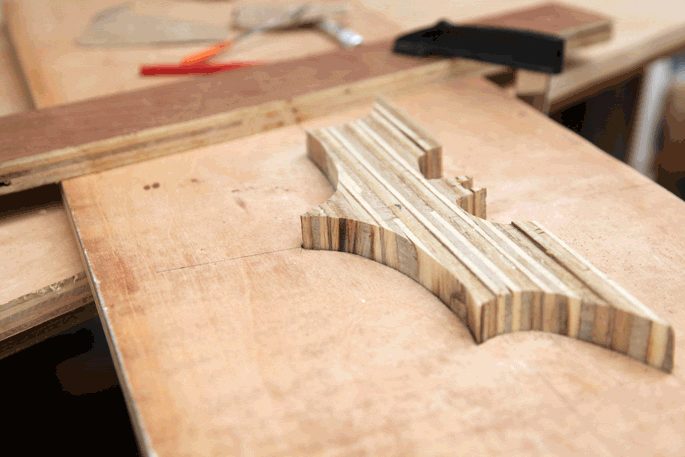
Step 7: Gluing the bench together
Once the bat was inside of the top bench sheet, the two plywood sheets that made up the bench were then glued and clamped together.
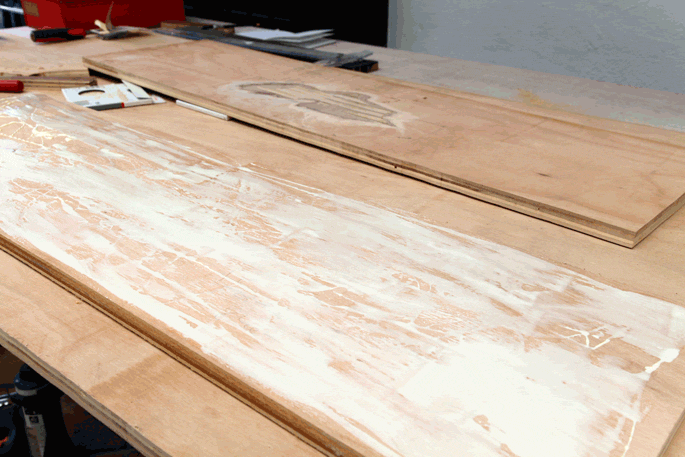

Step 8: Making the legs
The legs are 19 inches high. And a slot was cut out of them so they could fit onto the bench. The slot was 1.5 inches wide (to fit two layers of 3/4 inch plywood into it) and 3/4 inch deep. The slots were cut 16 and 1/4 inches from the bottom.



Step 9: Burning the wood
I had a fire extinguisher nearby just in case. But at no time did I ever feel as if I needed it. Just do it in an open space. STAY AWAY FROM SAWDUST. Don’t be burning near any work areas that have saw dust.
I set my torch to the lowest setting. You are just burning the top layer, so it is completely black. Sometimes the wood does catch on fire, and you just need to blow it out.
After you have covered all sides, hose it down.



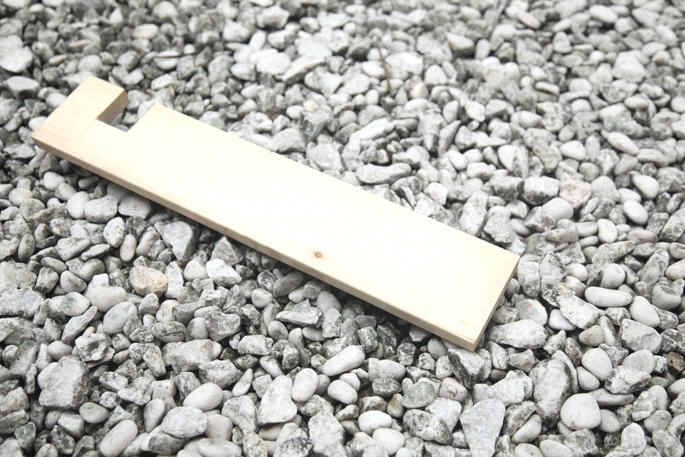

Step 10: Brushing off the soot
Once the wood has dried, grab the metal brush and softly brush away the top layer of soot. You’ll be left with a beautiful texture and color.




Step 11: Cutting the bench
The bench can be cut after the glue has dried. These slots are for the legs to fit into. These slots were 3/4 inch wide (the same as the thickness of the legs) and 1 inch deep.

Step 12: Adding the gloss
I added 3 coats of polyurethane. Waiting 2-3 hours in-between each coat and sanding it down after each coat.

Step 13: Cross bracing
To add some stability to the legs, I added a cross piece that connects the two legs together. These pieces were burned too, and screwed into the legs.






Email me at jacob@hometreeatlas.com with photos if you make your own, or if you have any questions.



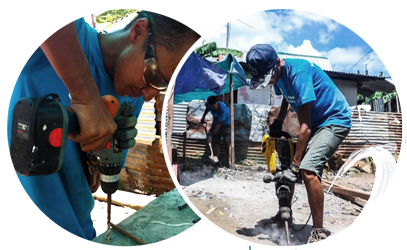

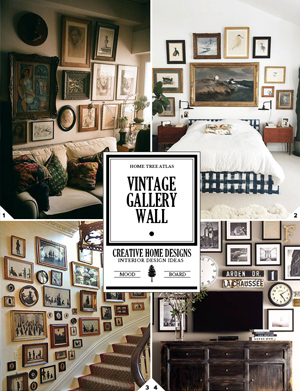
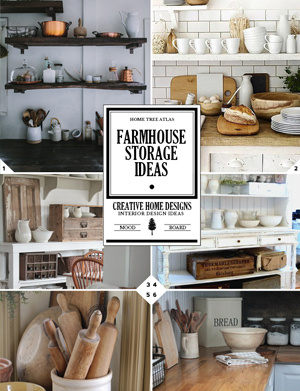
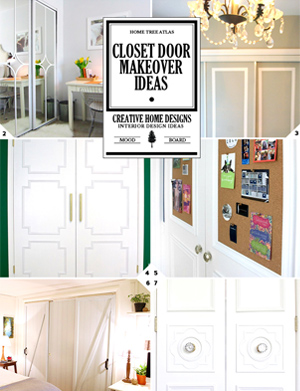
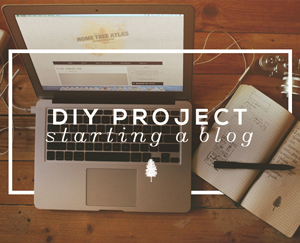

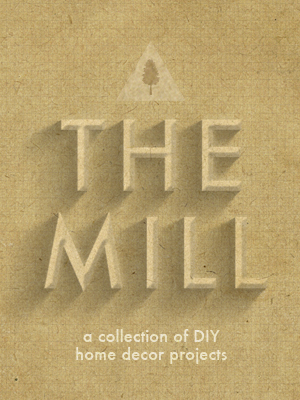


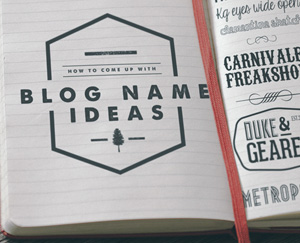









Comments are closed.